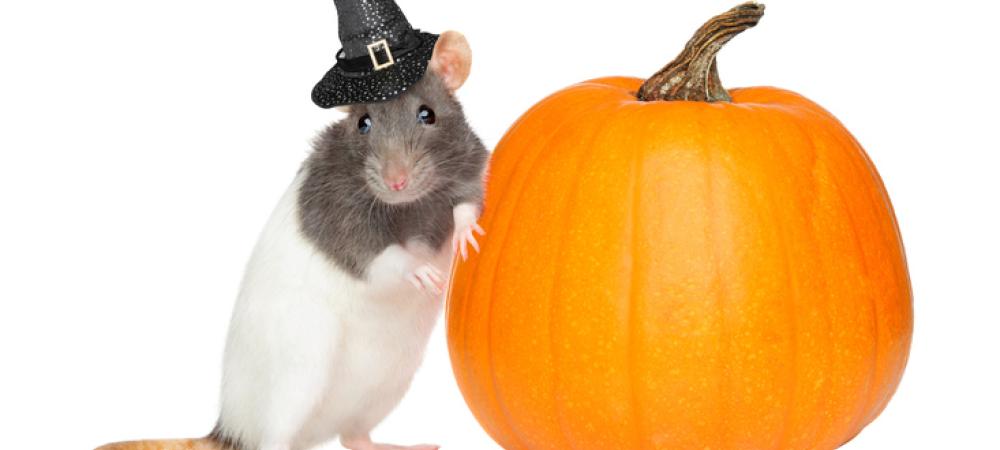Do Pumpkins Attract Rodents?
Image

October is here, and with it come all of autumn's trends in full swing: Orange-gold leaves falling from trees (which you can't always readily see in Brooklyn, Queens and even parts of Nassau), pumpkin-spice coffee drinks (not to mention pumpkin-spice everything else, it seems) and of course Halloween.
The latter holiday may inspire you to decorate your home or commercial property's exterior with jack-o'-lanterns and other spooky decorations — but you have to be aware of the rodent control risk the carved pumpkins may present.
Let's take a closer look at the issue, as well as other relevant pest-control considerations, and tips for mitigation:
Do Pumpkins Attract Rodents?
The simple answer to this question is, "Yes, they absolutely can."
Pumpkins, in the orange form as we commonly know them in the northeastern U.S., are identified as Cucurbita pepo, according to the Royal Botanic Garden's Plants of the World database. They are fruits, and specifically belong to the winter squash family.
In terms of why pumpkins attract rodents, the core of their appeal is the mere fact that they are a readily available source of food for the three rodent species you'll see in the New York City metropolitan area (Norway rats, roof rats and house mice, collectively known as the commensal rodents). They are not nearly as sweet as many other fruits, but rodents are not specifically attracted to sweetness or put off by its opposite, like many insects are. Rats and mice are omnivorous, as Liphatech noted, and will chew on just about anything that seems like it could be edible. The toughness of a pumpkin's exterior doesn't bother them either, due to the strength of their teeth. And because jack-o'-lanterns are carved, the fruit's flesh is exposed and easy to smell for hungry mice or rats.
Even if your decorative pumpkins aren't carved, you still run the risk of attracting rodents: Once uprooted from the patches in which they grew, pumpkins slowly begin to decay, making them easier to gnaw on. The rotting fruits may also begin to lure other pests, including ants and spiders.
Do other Decorative Fruits Attract Rodents?
Exterior fall decor may sometimes involve other fruits, many of them also falling under the umbrella of Cucurbita pepo. According to The Smithsonian Magazine, examples of these include the Tennessee dancing gourds and daisy gourds.
Although decorative gourds are just as subject to rotting as any other fruit, they are more likely to specifically attract insects than rodents. (This is certainly its own risk, of course, so it shouldn't be ignored.) Additionally, the pulp of some gourds may make rats and mice sick, which can actually be beneficial from a pest-control perspective.
The real risk that comes with using pumpkins or other gourds to decorate a building exterior for Halloween is the chance that, after they're drawn there, rodents might start trying to get into the property. Once inside, mice and rats will chow down on other food sources, which is not only annoying but also becomes a significant health hazard. Rodents may chew on insulation, wood and wiring as well, the last of which creates the danger of fire. (Data from the National Pest Management Association suggests that 25% of unexplained fires in the U.S. are likely the fault of rodents.)
How Can I Prevent Rodent Infestations this Fall?
In just a few weeks, it will become colder quickly, and rodents will be desperate to hide from the weather. Taking preventative measures is your best bet if you want to maintain your seasonal decor: The NPMA recommends eliminating any standing water near your property by repairing your drainage systems, as well as sealing any small gaps or cracks in the foundation's perimeter.
When push comes to shove, though, you may need to bring in the experts, either to reduce the risk of mice and rat infestation or combat a rodent problem in progress. Contact Rudy's Exterminating Company for more information about our rodent control services for Flushing and the surrounding New York City metro area.
